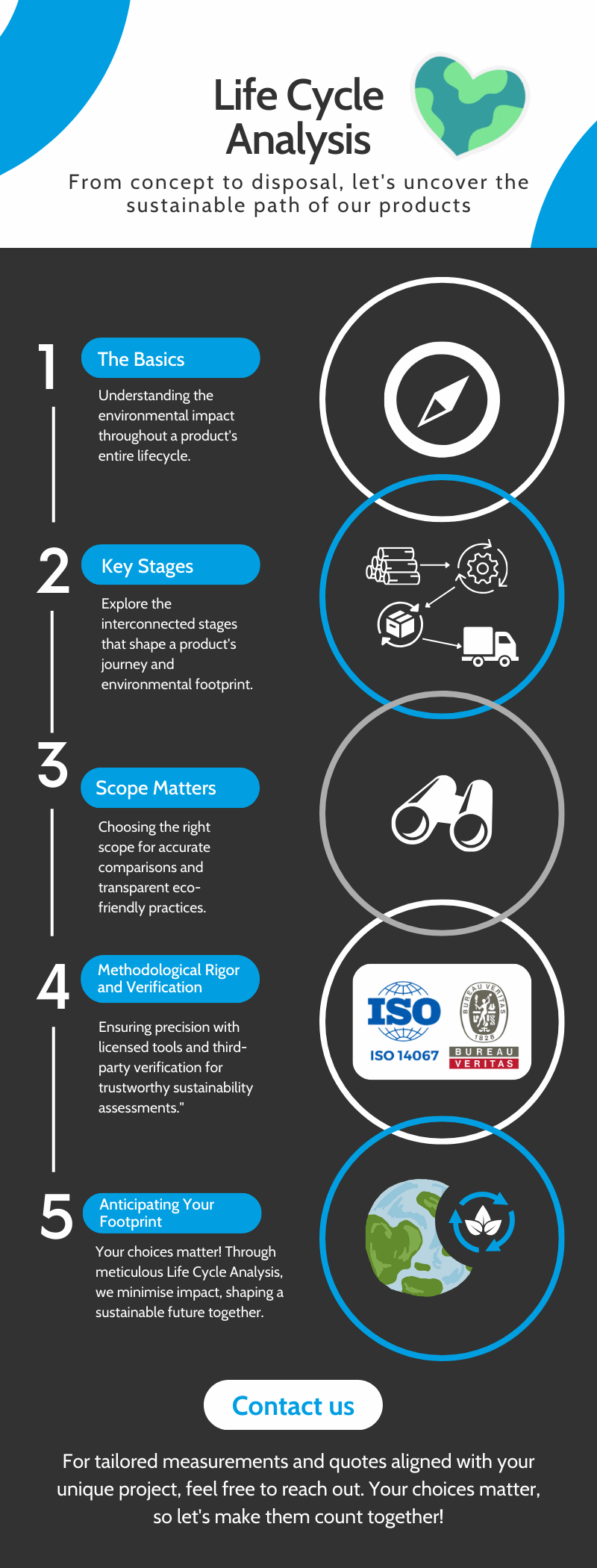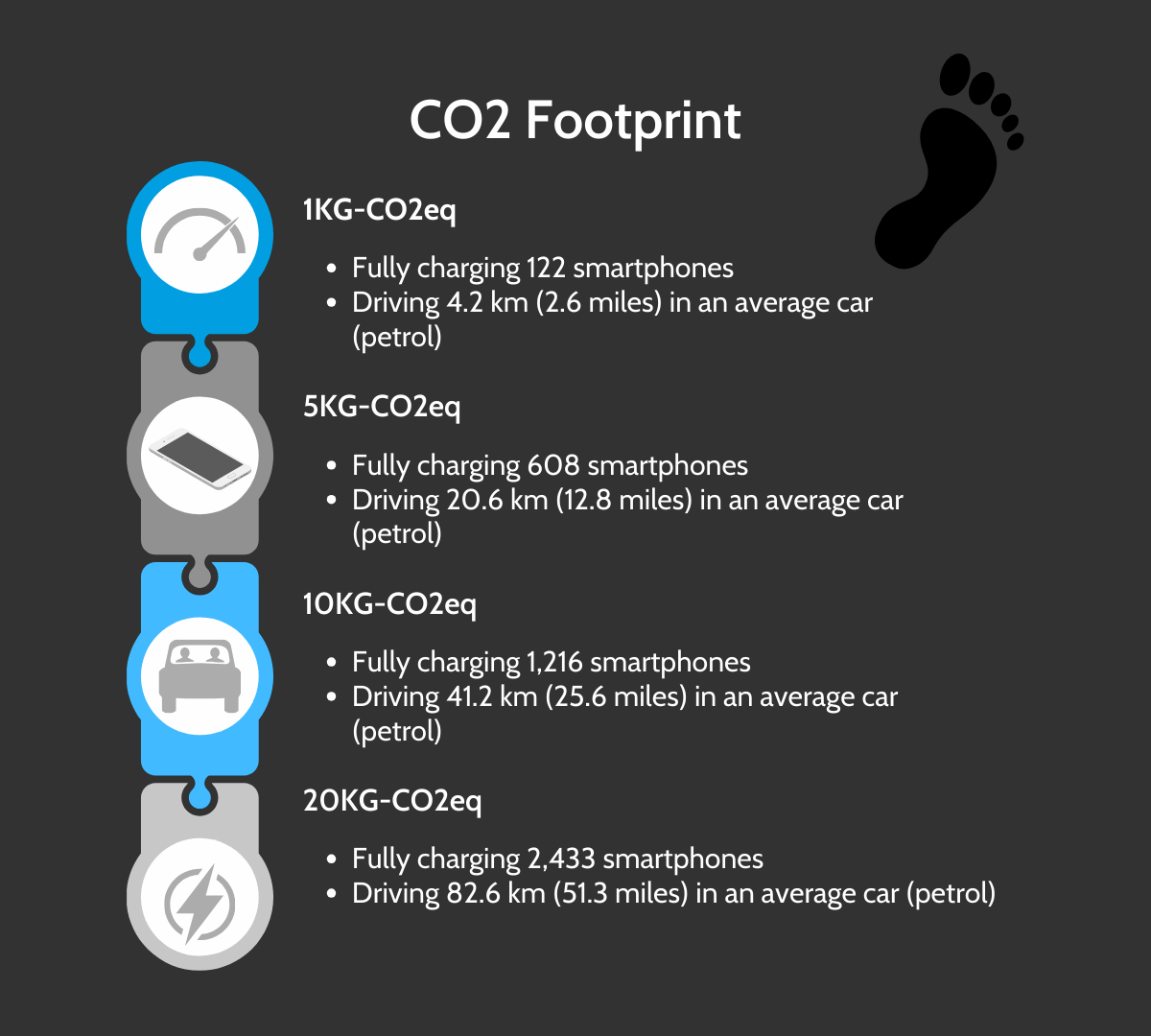
Navigating Eco-Friendly Merchandise – Life Cycle Analysis (LCA)
At Thesourcer, our commitment to sustainability is key to the delivery of physical products. A growing trend in our industry is to measure the impact of the products using a Life Cycle Analysis (LCA). This gives a transparent carbon footprint, ensuring that every step aligns with customer eco-conscious values.
But what does it mean? Let’s delve into the core features of the LCA and explore how it works.

Decoding Life Cycle Analysis (LCA):
A Life Cycle Analysis (LCA) is a measured guide that assesses the environmental impact of the product’s lifecycle. Focusing on precise CO2 footprint calculations, the LCA allows buyers to measure and understand the complete environmental footprint associated with their promotional merchandise.
The Essence of the ‘Life Cycle’:
Creating promotional products involves a series of interconnected stages, each contributing to CO2 emissions. From the extraction of raw materials to the product’s eventual disposal. This includes manufacturing, transportation, usage, and recycling – each phase plays a crucial role in shaping the product’s CO2 footprint. Understanding and measuring these variables allow us to help you make informed decisions when buying “eco-friendly” merchandise.
The Significance of Scope:
Setting the right scope is paramount for accurate product comparisons when using an LCA. A scope refers to the boundaries you can set within the complete product life cycle. The most common examples are:
Scope examples:
• Cradle-to-gate: from raw materials to the gate of the factory.
• Cradle-to-grave: from raw materials to the disposal of the product by incinerating or landfill.
• Cradle-to-cradle: from raw materials to the recycling of a product, returning it to a base material which can be the ‘raw material’ of a new item.
Our scope method is cradle-to-grave because, even though we know the recyclable nature of the materials, we cannot guarantee that where it is disposed of has sufficient recycling options. Also, a material can be very well recyclable, but it may well be disposed of without recycling.

Methodological Rigor and Verification:
Ensuring the precision of an LCA is essential for credibility. Our production partner employs a licensed calculation tool, adhering to ISO14067 standards. Verification by Bureau Veritas, an independent third-party auditing and certification agency, adds an extra layer of credibility. This commitment to methodological rigor guarantees transparency in carbon footprint assessments.
Visualising the CO2 Footprint:
Understanding the complexity of a product’s CO2 footprint can be challenging. For example, a power bank with a footprint of 2.27kg CO2eq (CO2 equivalent) or a weekend bag with a footprint of 5.69kg CO2eq; what does that mean in real terms? We have shown some comparisons below to help you visualise (These are estimates and all figures are rounded).

– Source: EPA: United States Protection Agency
So what is my expected footprint?
We have sketched out an average promotional merchandise project below to bring the above to life:
- 500 x Impact AWARE™ 285gsm rcanvas tote bag undyed
- 500 x VINGA Bosler RCS recycled canvas notebooks
- 500 x TwistLock GRS-certified recycled ABS pens
Total CO2: 1.045 tonnes
Reference
For a tailored measurement and quote aligned with your unique project, feel free to reach out.
Your choices matter, so let’s make them count together!
Send us a message!
We would love to hear from you. Get in contact below or by filling out the form with your enquiry today!
Follow on Social


